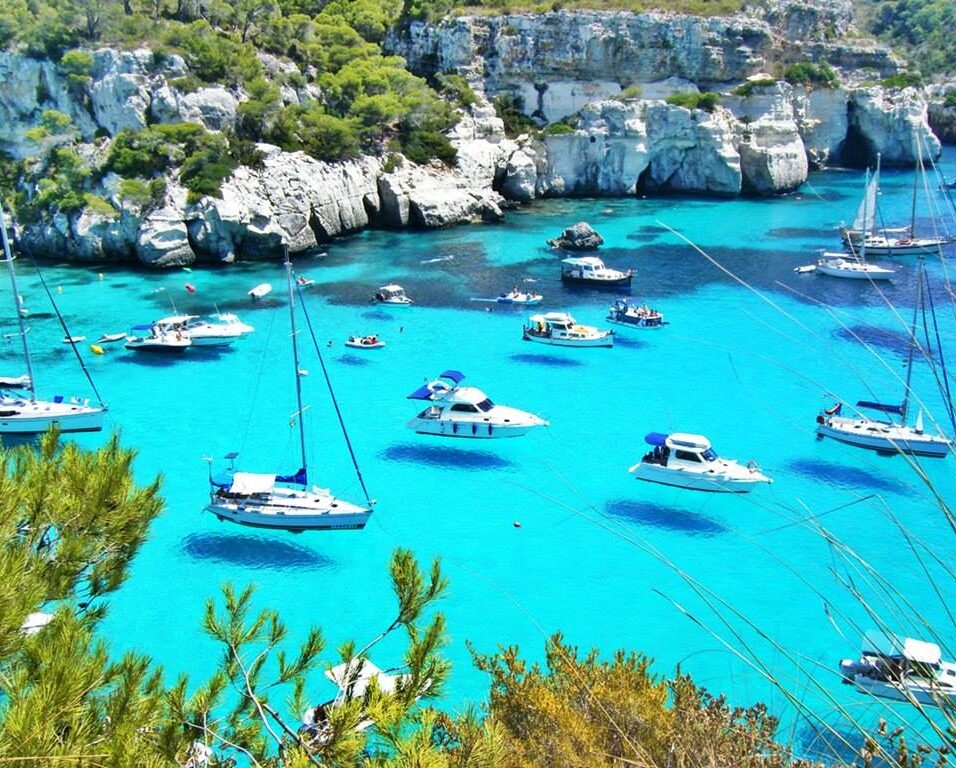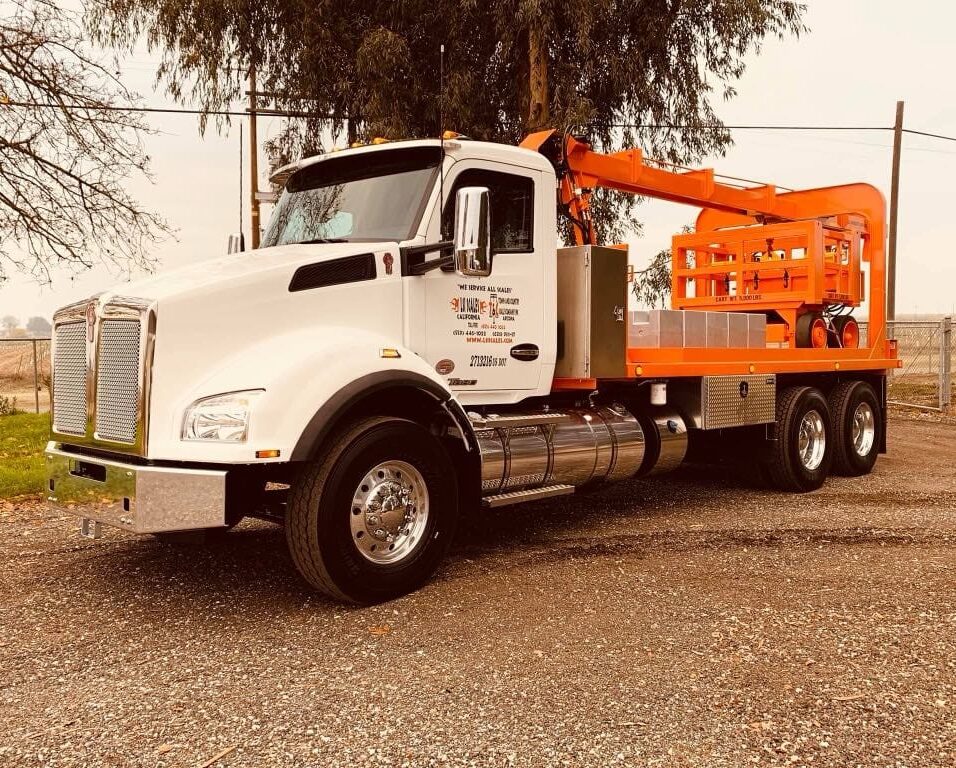Jhanda Fair, Dehradun
Jhanda Fair is an annual fair held in Dehradun, Uttarakhand, and attended by hundreds of thousands of people from various districts across India. Jhanda fair, which is primarily celebrated by Sikhs in memory of Guru Ram Rai, is a highly regarded religious event.
The Jhanda fair, held every year on the fifth day of Holi (the festival of colors), is a flag-raising ceremony commemorating Guru Ram Rai, who founded Dehradun and built Guru Ram Rai Durbar, a tourist attraction in the heart of Dehradun district. Sikh pilgrims from Punjab, Haryana, Delhi, Uttar Pradesh, Himachal Pradesh, and other parts of India arrive two to three days before the Jhanda hoisting day to celebrate the festival. With hundreds of thousands of people from far and near coming together with pure hearts to pay homage to late Guru travel agents in haridwar Ram Rai and participating in the fair with joy and gaiety, Dehradun city resembles a bride adorned with the most precious jewels on earth.
The people who have gathered to celebrate the Jhanda fair are known as Sangat. On the Hindu calendar’s Ekadashi, Shri Mahanta of Guru Ram Rai Durbar travels to the Yamuna river banks in Raianwala, Haryana, 45 kilometers from Dehradun, to invite and welcome the Sangat. A Sal tree measuring approximately 27 meters in length is brought from the nearby forest of Dundhali for the Jhanda fair. The flag to be hoisted is worshiped; it is bathed in milk, curd, and holy water from the sacred river Ganga before being wrapped in muslin. Later, new coverings are installed, removing the old ones. Devotees believe that tying scarves to the mast fulfills their wishes. People’s faith is amazing; sacred scarves booked until around 2082 demonstrate pilgrims’ love and devotion to the Jhanda fair and Guru Ram Rai.
Do you want to visit Char Dham? Char Dham Travel Agent is the best place to plan your Char Dham tour. You can book the tour from here.
Guru Ram Rai Durbar, also known as Durbar Sahib, arranges for the Sangat’s boarding, lodging, and food.
Origin of the Jhanda Fair
Guru Ram Rai was the son of Sikh Guru Har Rai of Punjab. In 1699, Guru Har Rai expelled Ram Rai from Punjab due to the miracles he performed at the court of Mughal King Aurangzeb. Ram Rai established a ‘Dera’ in Doon, Uttarakhand. char dham yatra tour operators Dera means settlement. Following that, the city became known as Dehradun. Guru Ram Rai constructed a Gurudwara called Guru Ram Rai Durbar in the heart of the city and flew a flag (jhanda) from it.
The Jhanda fair is held on Guru Ram Rai’s birthday in his memory and honor. It was the same day Guru Ram Rai had arrived in Doon Valley.
Would you like to visit Indiar? A tour operator in India is the best place to plan your tour. You can book a tour from here.
Best Time to Visit Guru Ram Rai Durbar
Tourists who want to attend the Jhanda Fair should visit Dehradun in March or April, when the Holi festival is celebrated. Jhanda fair is held only five days after the Hindu calendar’s Holi Purnima. Guru Ram Rai Durbar is open for visits at any time of year, and Dehradun has a favorable climate for tourism throughout the year.
How to Reach Guru Ram Rai Durbar
When a tourist visits Dehradun, Guru Ram Rai Durbar is only half a kilometer away. Let’s talk about how to get to Dehradun and visit Guru Ram Rai Durbar.
By air: Jolly Grant Airport. Dehradun is the nearest airport, located 25 kilometers from Guru Ram Rai Durbar. Tourists can take a taxi, car, or auto to the Durbar Sahib.
Would you like to visit Haridwar? Travel agents in Haridwar are the best place to plan your trip. You can book your tour right here.
By rail: The Dehradun Railway Station in Govindnagar is less than 1 kilometer from Guru Ram Rai Durbar. Tourists can take a taxi, an auto, or walk to the Durbar Sahib from the Dehradun Railway Station.
By road: If arriving by bus, the Dehradun ISBT is 5.5 kilometers from Guru Ram Rai Durbar. To reach Durbar Sahib, one can take a city bus, vikram, auto, or taxi from Dehradun ISBT.
Places near Guru Ram Rai Durbar.
Tapkeshwar Mahadev Temple:
Sai Durbar Temple: A spectacular marble stone temple with Sai Baba’s idol at its center, Sai Durbar Temple attracts hundreds of visitors each day, both devotees and tourists. Sai Durbar Temple’s ornamented interior, hilly setting, and peaceful environment appeal to both peace lovers and Hindu devotees. Unlike other Hindu temples, the Sai Durbar Temple is open to people of all castes and creeds, establishing it as the jewel of Hinduism.
CG Blomfield designed the Forest Research Institute (FRI) Museum, which is spread over 500 hectares of land and was built between 1924 and 1929. The FRI Museum’s main attractions are the old-fashioned and dry displays on every aspect travel agents in haridwar of forestry in India, as well as Afshan Zaidi’s animal, bird, and plant paintings, a display on the medicinal uses of trees, and a section of a 700-year-old deodar tree, but the red brick building with Mughal towers, arches, and Roman columns keeps visitors spellbound.
Malsi Deer Park: On the way to Mussoorie, 10 kilometers from Dehradun, Malsi Deer Park at the foothills of the Shivalik range attracts hundreds of tourists every day due to its pleasant environment and picturesque views. As the name implies, Malsi Deer Park is home to lovely deer, which you can see grazing and treading softly from a distance but cannot approach. Tigers, neelgai, rabbits, and peacocks can also be seen in the park.
Santaura Devi Temple: Believed to have a connection with the Ramayana period, Santara Devi Temple, located in Santaur Garh, 15 kilometers from Dehradun, attracts a large number of devotees on Sundays. According to legend, Santaura Devi and her brother, unable to withstand the Mughal army, threw their weapons and prayed to God. A flicker of light turned them into statues. The locals worship stone images or statues with great love and devotion.
Buddha Temple/Mindrolling Monastery: The Mindrolling Monastery, also known as the Buddha Temple, was built in the 1960s as a replica of Tibet’s original monastery. Nyingma is one of four Tibetan religion schools, along with Shakya, Kagyu, and Geluk. Mindrolling Monastery’s main attractions are Shakya College, well-maintained gardens, and a five-story stupa.
The 35-meter-high gold Buddha Statue fills tourists with peace and tranquility. Tibetan art can be found on the walls and roofs of Mindrolling Monastery, just as it is on other Buddhist stupas and monasteries. The world’s largest stupa, 60 meters tall, was inaugurated on October 28, 2002, and is commonly known as the Great Stupa. To see the interior decorations and designs of the Buddha temple, you must go on Sunday. On other days, you will relax in the garden and visit shops while taking photos.
Khalanga War Memorial: Located on the Sahastradhara Road, also known as the Kalinga War Memorial, and 6 kilometers from Dehradun’s clock tower, is the only war memorial built by the army in memory of its foe. Britishers were so impressed by Gurkha (Nepali) soldiers who fought for six weeks without food or water that they erected a Kalinga (Khalanga) war memorial to honor them. The British defeated the Gurkha by fighting alongside Gurkha soldiers in Nalapani, then a Nepali state.
Robber’s Cave is located in Vijaypur, near Anarwala village in Dehradun, about 8 kilometers from the Clock Tower. The naturally built cave with scriptural interior attracts visitors and makes them smile. Robbers are believed to have hidden in the Robber’s Cave, also known as Gucchhu Pani by Britishers.





